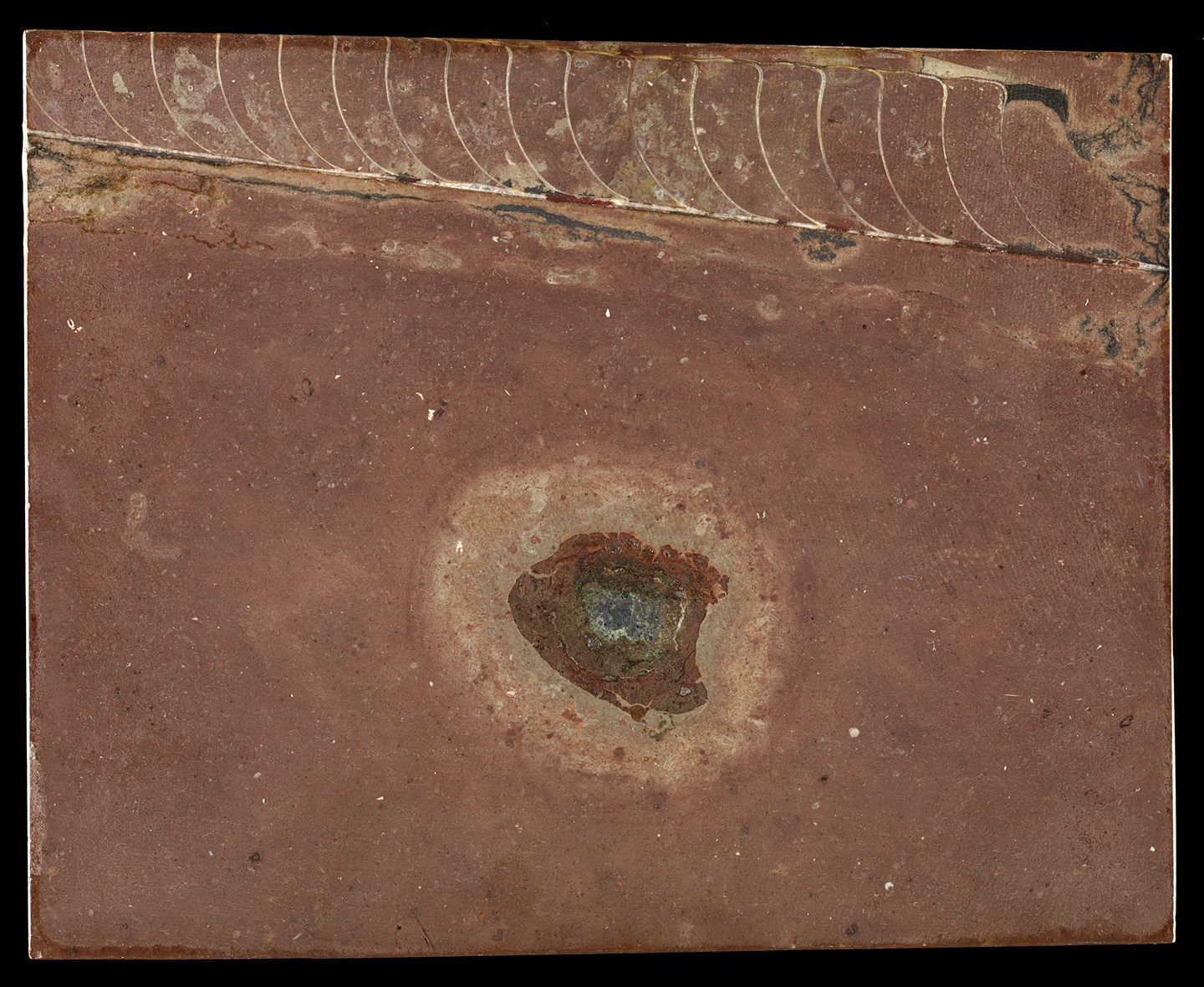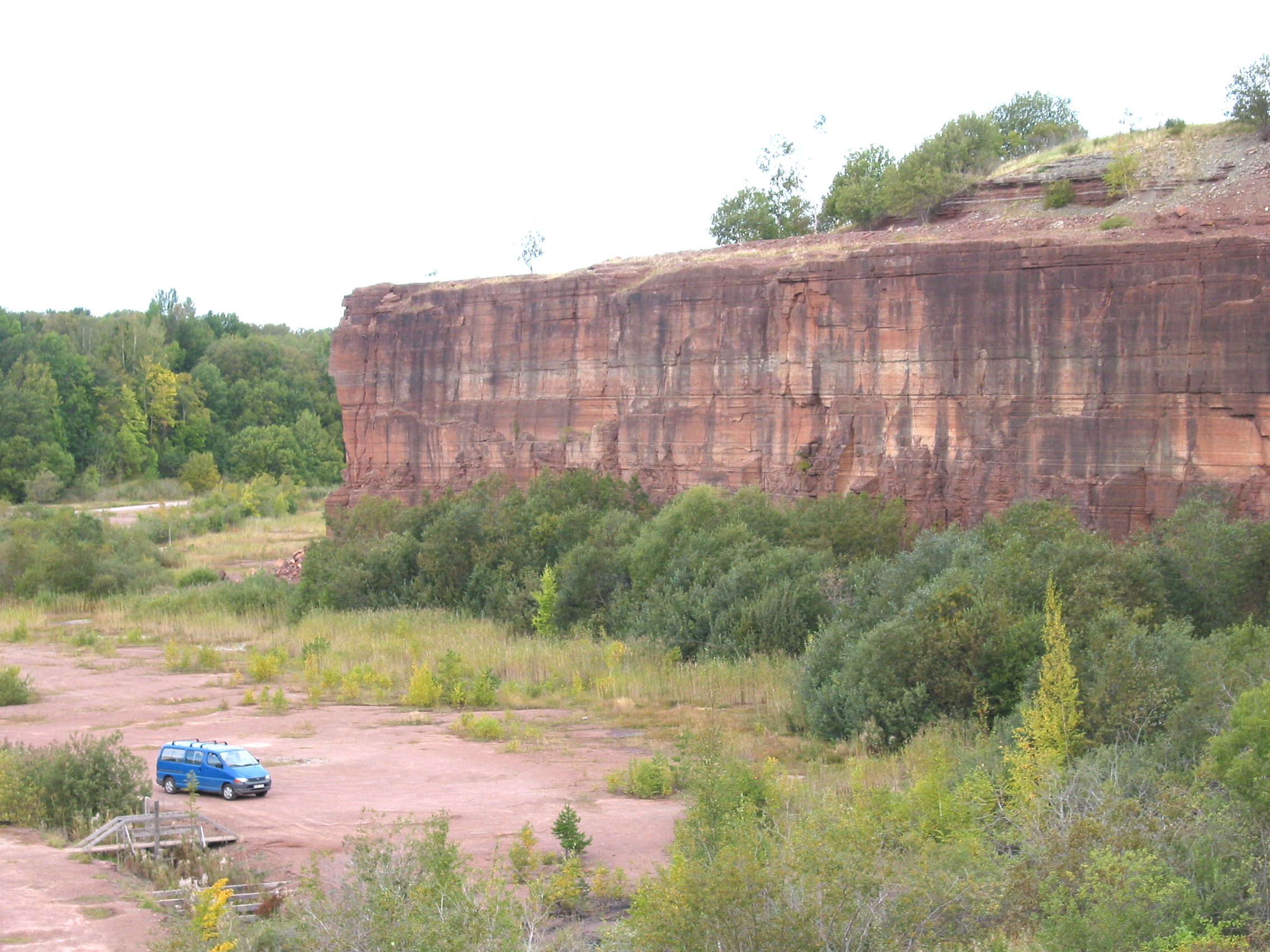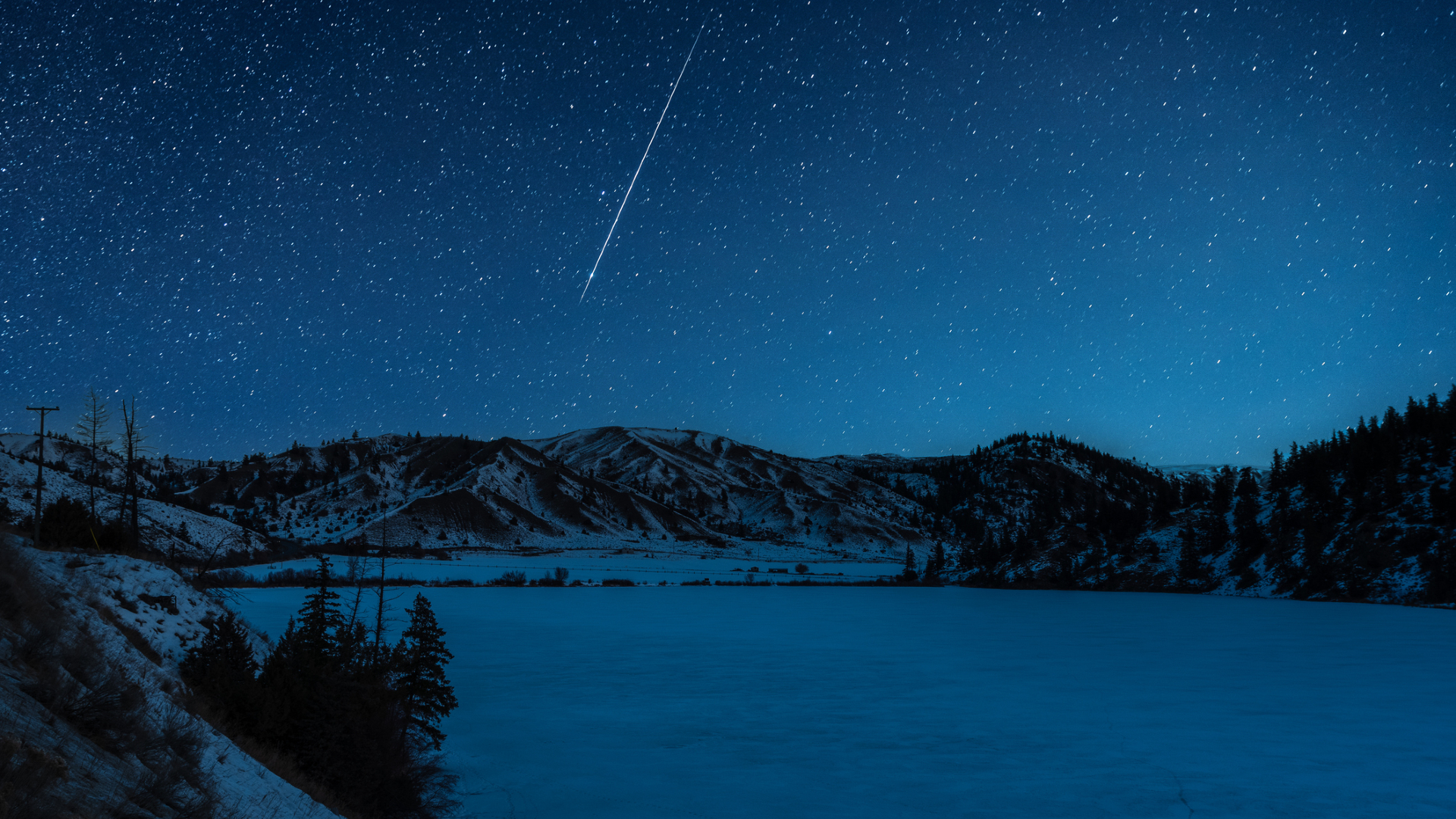Asteroid Dust Triggered an Explosion of Life on Earth 466 Million Years Ago

Consider the possibility that an asteroid may have transformed the picture of life on Earth — but forget the dinosaurs and the massive crater, and rewind an extra 400 million years from that dramatic moment.
Back then, life was primarily an oceanic affair and backbones were the latest in arrival on the anatomy scene. But unlike the asteroid that killed the dinosaurs 66 million years ago, this earlier space rock never made it to Earth. Instead, a collision in the asteroid belt flooded the solar system with so much dust that, given some other changes at the time, allowed life on Earth to flourish, new research suggests.
"Most important events in the history of life are like that," said Rebecca Freeman, a paleontologist at the University of Kentucky who specializes in this period but wasn't involved in the new research. "You get a really unique set of circumstances that all come together, and you get a really dramatic event that maybe seems like it should be due to one particular dramatic thing. But in reality, it's a more complicated system at play," she told Space.com.
Related: Photos: Asteroids in Deep Space
The dramatic event scientists want to explain is a spree of new species. That outburst of life, which paleontologists call the Great Ordovician Biodiversification Event, took place in the oceans, which were inhabited mostly by spineless creatures. "This is really a world that is dominated by invertebrate marine organisms," Freeman said. "Probably the top predator would have been a cephalopod," likely an ancestral relative of today's chambered nautilus, with its intricate spiral shell.
But when Birger Schmitz, a geologist at Lund University in Sweden, went hunting for rock dating back 466 million years, he wasn't hoping to find fossilized nautiluses; he was looking for fossilized meteorites. And over the past couple of decades, he and his colleagues have found dozens of these fossilized meteorites in a Swedish limestone quarry. Each carries a chemical time stamp indicating that it was heated about 470 million years ago, and scientists have thought for a while that there might have been a massive asteroid collision around that time.
"For 25 years, I've had a gut feeling that this must somehow have had an effect on Earth, on life in particular," Schmitz said. "I felt there has to be some kind of connection." So he and his team looked to the rock. In the paper, the researchers drew on two key threads of evidence: a special form of helium and a mineral carried to Earth by meteorites.
Breaking space news, the latest updates on rocket launches, skywatching events and more!
They wanted something more difficult to find than fossilized meteorites: micrometeorites, which, like their larger siblings, carry the mineral chromite. "There are a lot more micrometeorites falling on Earth than larger meteorites, so I got one of the most crazy ideas I've had, I think," Schmitz said. "It wasn't that crazy, but at the time, it felt crazy."
It meant the team had to get awfully destructive. "How would you do it if you want to find a needle in a haystack?" Schmitz said. "It's quite easy: You burn the haystack away. And this is what we do." When your haystack is limestone, burning it means dumping it — 2,870 lbs. (1,300 kilograms) of it — into hydrochloric acid to eat away the rock, leaving chromite grains behind. "They survive everything," he said of the chromites. "They survive 500 million years in the sediment; they survive all our acid treatment."
Levels of both the chromite grains and the exotic helium skyrocketed around this period — but not at precisely the same time. First, the rock shows a slow increase in extraterrestrial chromite that lasted between 2 million and 4 million years. A subset of that stretch shows a sharp increase in the grains from a particular category of meteorites, and another subset coincides with the arrival of the fossilized meteorites that have informed Schmitz's previous research. Another slightly skewed timeline charts the arrival of the extraterrestrial flavor of helium.
For Schmitz, all of those factors come together to suggest that a massive, distant asteroid collision did indeed affect life on Earth. He and his colleagues suggested that this breakup — of an asteroid stretching nearly 100 miles (150 kilometers) across — filled the inner solar system with meteorites and asteroid dust. Larger chunks would have spread from the collision site faster than smaller pieces.
The team proposed three ways in which so many asteroid fragments could affect Earth, cooling the planet. Perhaps the particles reaching Earth carried enough iron into the ocean that plant life dramatically flourished there, feasting on carbon dioxide and pulling it out of the atmosphere, the reverse of today's conditions. Or maybe particles strewn across the solar system blocked sunlight from reaching Earth.
The third possibility the team offered was that such cosmic dust trapped in Earth's atmosphere could have reflected sunlight away from Earth. That's the most plausible of the three scenarios, according to John Plane, an atmospheric chemist at the University of Leeds in the U.K. who studies cosmic dust in planetary atmospheres and has run models of the impact of increased dust levels on the climate.
The levels proposed in the new research are about 1,000 times the current levels of cosmic dust in Earth's atmosphere, which causes some subtle phenomena on our planet today, Plane said. "But obviously, if you increase it by 1,000, then there's no question it could have all of the effects that they're talking about."
Overall, Plane thought the research was intriguing. "They've made what I would regard as a pretty compelling case, which now needs to be investigated in a lot more detail," he said. "I think it's a very nice piece of work."
But the paper doesn't give the asteroid's debris all the credit for that spree of diversification. That's good, Freeman said, because many other factors would have played a role, like ocean circulation patterns and sea level rise. One particularly important factor is how land and the ocean were spread across Earth's surface at that time, with small continents stretching from the equator to the South Pole, offering many different niches for species to adapt to, she said.
"Continents move around really slowly, and so one of the things that's important for making these species is that you isolate populations," Freeman said. "You can find ways to link this supposed asteroid explosion space dust idea into a lot of different things; one thing you can't really blame on the asteroid is where the continents were."
The famous dinosaur scenario has led paleontologists to suspect asteroids as culprits in other events, she said. (Although some scientists think other factors played a role, there's still a clear connection between the impact and the mass extinction.) "That sent everybody into a frenzy of trying to blame meteorites for everything," Freeman said. "As a community, we've maybe pulled away from wanting to blame everything on things from outer space, but they've got some really great documentation here."
From that documentation, Schmitz is even willing to describe what time travelers might see if they stopped to visit the mighty nautiluses of the era.
"There would have been a lot more meteorites, light streaks," Schmitz said. "You could stand there, wishing things all the time, because there would be a lot of these light streaks from the sky with all the dust coming in."
The research is described in a paper published today (Sept. 18) in the journal Science Advances.
- Rare Disintegrating Asteroid Spied by Hubble Telescope (Photo)
- Japan's Hopping Rovers Capture Amazing Views of Asteroid Ryugu (Video)
- Something Just Smacked Jupiter, and Here's the Photo to Prove It
Email Meghan Bartels at mbartels@space.com or follow her @meghanbartels. Follow us on Twitter @Spacedotcom and on Facebook.

Meghan is a senior writer at Space.com and has more than five years' experience as a science journalist based in New York City. She joined Space.com in July 2018, with previous writing published in outlets including Newsweek and Audubon. Meghan earned an MA in science journalism from New York University and a BA in classics from Georgetown University, and in her free time she enjoys reading and visiting museums. Follow her on Twitter at @meghanbartels.


